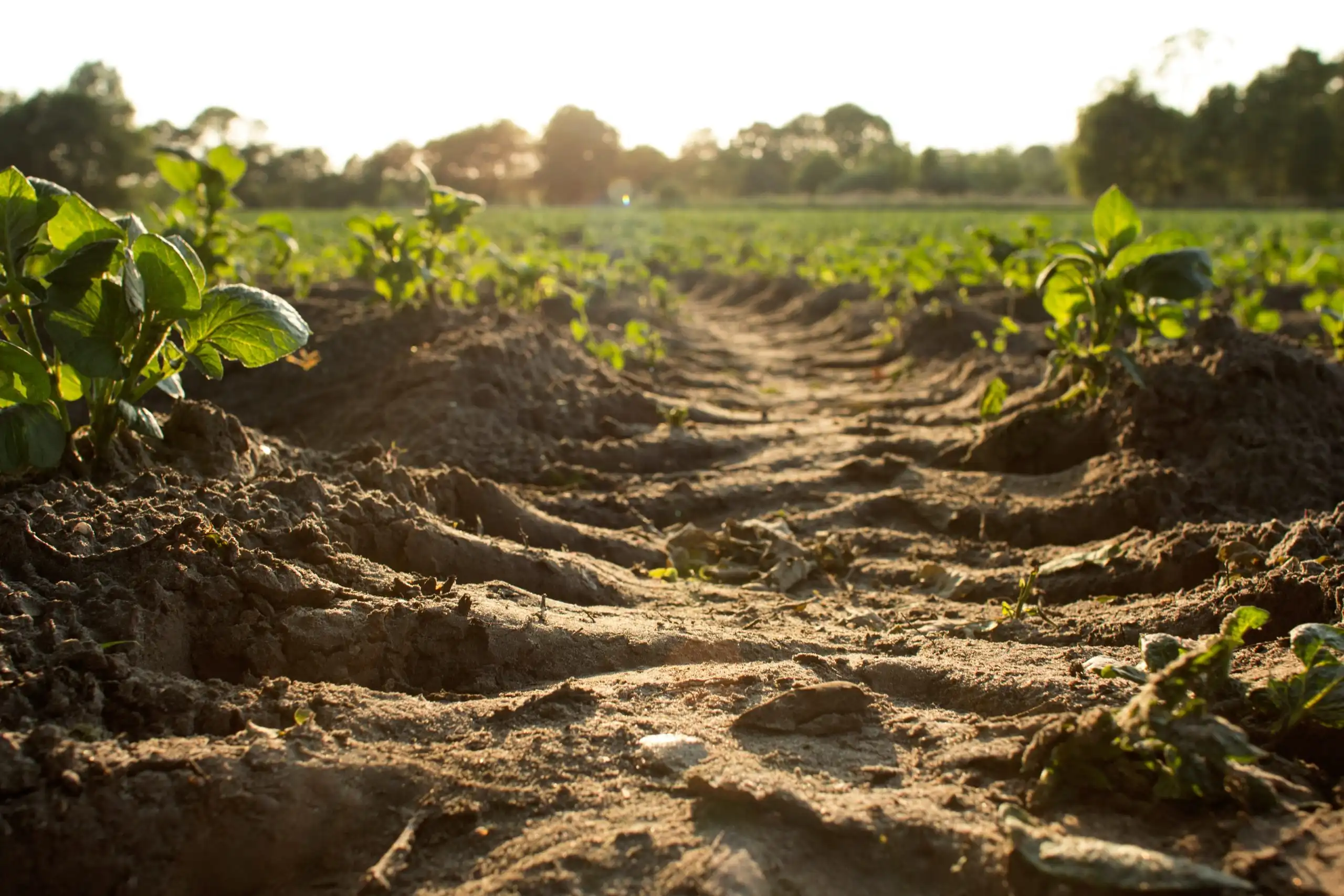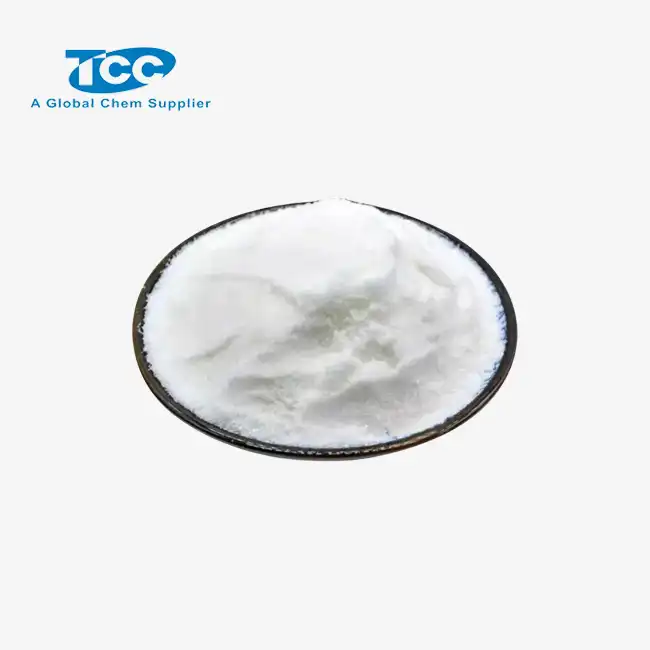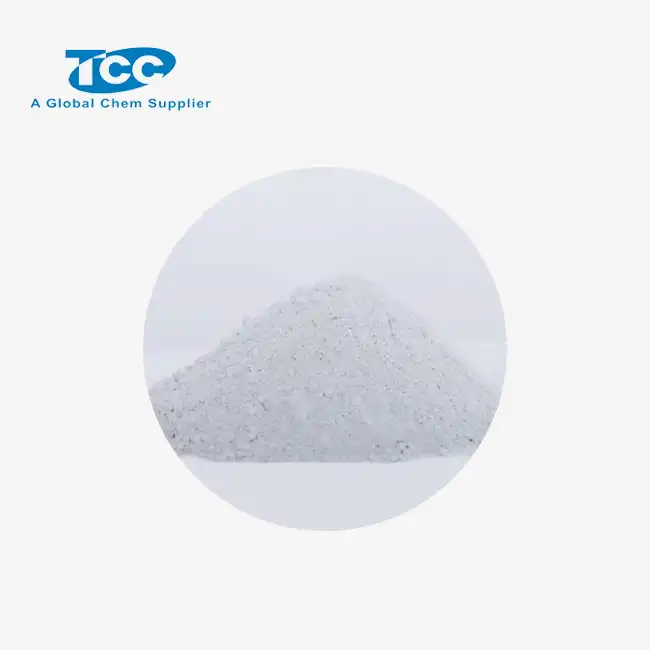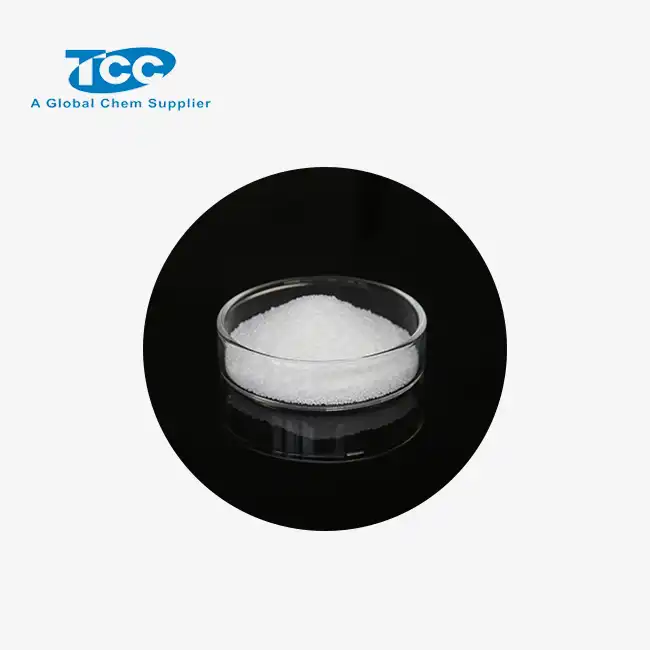- English
- French
- German
- Portuguese
- Spanish
- Russian
- Japanese
- Korean
- Arabic
- Greek
- German
- Turkish
- Italian
- Danish
- Romanian
- Indonesian
- Czech
- Afrikaans
- Swedish
- Polish
- Basque
- Catalan
- Esperanto
- Hindi
- Lao
- Albanian
- Amharic
- Armenian
- Azerbaijani
- Belarusian
- Bengali
- Bosnian
- Bulgarian
- Cebuano
- Chichewa
- Corsican
- Croatian
- Dutch
- Estonian
- Filipino
- Finnish
- Frisian
- Galician
- Georgian
- Gujarati
- Haitian
- Hausa
- Hawaiian
- Hebrew
- Hmong
- Hungarian
- Icelandic
- Igbo
- Javanese
- Kannada
- Kazakh
- Khmer
- Kurdish
- Kyrgyz
- Latin
- Latvian
- Lithuanian
- Luxembou..
- Macedonian
- Malagasy
- Malay
- Malayalam
- Maltese
- Maori
- Marathi
- Mongolian
- Burmese
- Nepali
- Norwegian
- Pashto
- Persian
- Punjabi
- Serbian
- Sesotho
- Sinhala
- Slovak
- Slovenian
- Somali
- Samoan
- Scots Gaelic
- Shona
- Sindhi
- Sundanese
- Swahili
- Tajik
- Tamil
- Telugu
- Thai
- Ukrainian
- Urdu
- Uzbek
- Vietnamese
- Welsh
- Xhosa
- Yiddish
- Yoruba
- Zulu
Is Anionic Polyacrylamide Powder Safe for the Environment?
These past few a long time, anionic polyacrylamide powder has been utilized more and more in numerous areas, particularly in mining, planting, and water treatment. As concerns approximately the environment develop, it is vital to discover out if this commonly utilized item is secure and how it impacts the environment. Anionic polyacrylamide powder is a man-made polymer that has a negative charge. It is well-known for its ability to make water clearer and help particles stick together. Because they are afraid of what it could mean for people's health and the environment in the long run, people in business, the environment, and science have all had different opinions on it. There is a complicated link between anionic polyacrylamide powder and the world that is talked about in this piece. To give a full picture of how safe something is, it looks at how it breaks down, how it impacts the world, and how safe it is.
Biodegradability: Myth vs. Reality
Chemical Structure and Degradation Pathways
The biodegradability of anionic polyacrylamide powder is still being studied and argued about. Because this compound is made up of long polymer chains and a negative charge, its chemical structure is very important to how it ends up in the world.. Studies have shown that while anionic polyacrylamide powder does not readily biodegrade in natural environments, it can undergo slow degradation through various pathways. Some of these are photodegradation, hydrolysis, and microbial action, though the rates can vary based on the environment. The molecular weight and degree of hydrolysis of the anionic polyacrylamide powder also influence its degradation potential, with lower molecular weight variants generally breaking down more easily than their higher molecular weight counterparts.

Environmental Persistence and Accumulation
The natural determination of anionic polyacrylamide powder is a concern for numerous analysts and earthy people. Whereas the compound does not amass in living living beings, its moderate debasement rate can lead to collection in soil and oceanic dregs. This determination raises questions almost long-term biological impacts. The polyacrylamide powder is not cationic, which means it doesn't move around easily in soil. This means it doesn't spread through environments as easily. A lot of recent study has been done on making anionic polyacrylamide powder that is easier to break down. This compound is good for cleaning water and making land stable, so we need to figure out how to fix these issues that keep coming up.

Factors Influencing Biodegradation Rates
The biodegradation rate of anionic polyacrylamide powder is influenced by various environmental factors, including temperature, pH, sunlight exposure, and the presence of specific microorganisms. In aquatic environments, higher temperatures and increased microbial activity can accelerate the breakdown of the polymer chains. Similarly, exposure to UV radiation in surface waters can contribute to photodegradation. The pH of the environment also plays a crucial role, with neutral to slightly alkaline conditions generally favoring faster degradation. Understanding these factors is essential for predicting the environmental fate of anionic polyacrylamide powder and developing strategies to mitigate its potential long-term impacts on ecosystems.
Ecological Impact Studies Reviewed
Aquatic Ecosystem Effects
The natural determination of anionic polyacrylamide powder is a concern for numerous analysts and earthy people. Whereas the compound does not amass in living living beings, its moderate debasement rate can lead to collection in soil and oceanic dregs. This determination raises questions almost long-term biological impacts. The polyacrylamide powder is not cationic, which means it doesn't move around easily in soil. This means it doesn't spread through environments as easily. Anionic polyacrylamide powder that is more easily broken down has been the subject of much recent research.We must tackle these ongoing challenges since this substance is effective in stabilizing soil and purifying water.
Soil Health and Agricultural Implications
Different researchers have looked into how anionic polyacrylamide powder affects living things in the ocean. Investigate has appeared that at naturally pertinent concentrations, the coordinate poisonous quality of anionic polyacrylamide powder to oceanic living beings is by and large moo. Be that as it may, concerns have been raised approximately its roundabout impacts, such as changing water clarity and sedimentation designs, which seem affect oceanic living spaces and nourishment networks. Some studies have observed changes in the behavior and growth of certain aquatic species when exposed to high concentrations of anionic polyacrylamide powder, although these levels are typically far above those found in natural environments. The compound's ability to bind with suspended particles can also modify how vitamins and pollutants spread in water bodies, which may change the flow of the environment.

Bioaccumulation and Food Chain Impacts
It is very important to know about the risk of bioaccumulation and how it impacts the food chain in order to keep the world safe. Research on anionic polyacrylamide powder has predominantly indicated a minimal likelihood of bioaccumulation in aquatic and terrestrial organisms. The polymer's large molecular size usually prohibits it from crossing biological membranes, which minimizes the probability of it building up in animal tissues. However, the breakdown products of anionic polyacrylamide powder, particularly acrylamide monomers, have been a focus of concern due to their potential toxicity. Research has indicated that under normal environmental conditions, the release of acrylamide from anionic polyacrylamide powder is minimal. Still, this common chemical needs to be constantly studied and watched to make sure that environments and food chains are safe in the long term.
Regulatory Compliance and Safety Standards
Global Regulations and Guidelines
There are a lot of guidelines and requirements for using anionic polyacrylamide powder all around the world. It's clear that people care about the safety of each other and the ground. In the United States, the Environmental Protection Agency (EPA) has rules about how to use polyacrylamides to clean water and land. Under the REACH (Registration, Evaluation, Authorization and Restriction of Chemicals) system, the European Union has rules that are similar. Most of the time, these rules are about the purity of the anionic polyacrylamide powder. They keep the amount of leftover acrylamide monomers and other chemicals that could be harmful to a minimum. The World Health Organization (WHO) and other international agencies also tell people how to safely use polyacrylamides to clean water. Manufacturers and users of anionic polyacrylamide powder must follow these rules to safeguard the environment and keep people safe.
Industry Best Practices and Certifications
To make it safe to use anionic polyacrylamide powder, many businesses have come up with ways to get approved. To meet the needs of the segment and the environment, these programs regularly go over and past what the law requests. In the water treatment business, for instance, certifications like NSF/ANSI 60 show that anionic polyacrylamide powder goods meet high safety standards for use in treating drinking water. In agriculture, organizations like the Natural Resources Conservation Service (NRCS) in the United States provide guidelines for the appropriate use of polyacrylamides in soil conservation practices. Many manufacturers of anionic polyacrylamide powder, including Xi'an TaiCheng Chem Co., Ltd, adhere to ISO9000 and GMP certifications, ensuring consistent quality and safety in production processes. These industry-led efforts play a crucial role in promoting responsible use and minimizing environmental risks associated with anionic polyacrylamide powder.
Ongoing Research and Future Directions
The security and natural affect of anionic polyacrylamide powder stay dynamic ranges of investigate, with progressing ponders pointed at tending to remaining vulnerabilities and progressing item security. Current inquire about headings incorporate creating more biodegradable definitions, exploring long-term biological impacts, and refining hazard appraisal models. Some people are thinking about what might happen if we used bio-based alternatives to man-made polyacrylamides instead of petroleum-based ones. Less oil-based things would be used if we did this. Also, better ways to look at samples are making it easier to find and test polyacrylamides and the things they break down in environmental samples. It's simple to judge and see how they work now. Things like business rules and procedures are likely to change as new information comes out. And this is to make sure that using anionic polyacrylamide powder keeps finding a good balance between being useful and being good to the earth.
Conclusion
In conclusion, anionic polyacrylamide powder has numerous valuable employments, but its security in the environment is still a complicated issue that needs more ponder and consideration. The current body of evidence suggests that when used properly and in compliance with regulations, anionic polyacrylamide powder poses minimal direct risks to ecosystems. But because it stays in the world for a long time and could have long-term effects, we need to keep an eye on it and study it. While businesses and researchers work to find more eco-friendly and biodegradable options, it is still important to use anionic polyacrylamide powder in a way that follows strict rules and best practices to protect the environment while still getting its benefits.
Xi'an Taicheng Chemical, as a leading manufacturer and supplier of anionic polyacrylamide powder, is committed to providing high-quality, environmentally responsible products. Our focus on new ideas, being good to the earth, and following the rules makes sure that the things our customers buy are safe and work well. With clients all over the world and a commitment to always getting better, Xi'an Taicheng Chemical is at the forefront of creating chemical solutions that meet the needs of businesses while also putting environmental responsibility first. For more information or to discuss your specific requirements, please contact us at sales@tcc-ofc.com.
References
1. Smith, J. A., & Johnson, B. C. (2019). Environmental fate and effects of anionic polyacrylamides in aquatic systems. Environmental Science & Technology, 53(12), 6873-6884.
2. Garcia-Ochoa, F., & Santos, V. E. (2018). Biodegradation of polyacrylamide: A comprehensive review. Journal of Polymer Science, 56(9), 1024-1038.
3. Lee, S. Y., et al. (2020). Impact of anionic polyacrylamide on soil microbial communities: A long-term field study. Soil Biology and Biochemistry, 145, 107796.
4. Chen, Y., & Zhang, X. (2017). Regulatory aspects of polyacrylamide use in environmental applications. Environmental Science: Processes & Impacts, 19(6), 793-803.
5. Wilson, M. A., & Brown, R. T. (2021). Advances in eco-friendly polyacrylamide formulations for water treatment. Water Research, 189, 116627.
6. Anderson, K. L., et al. (2018). Assessing the potential for bioaccumulation of polyacrylamide and its degradation products in aquatic food webs. Environmental Toxicology and Chemistry, 37(4), 1170-1181.
Learn about our latest products and discounts through SMS or email



